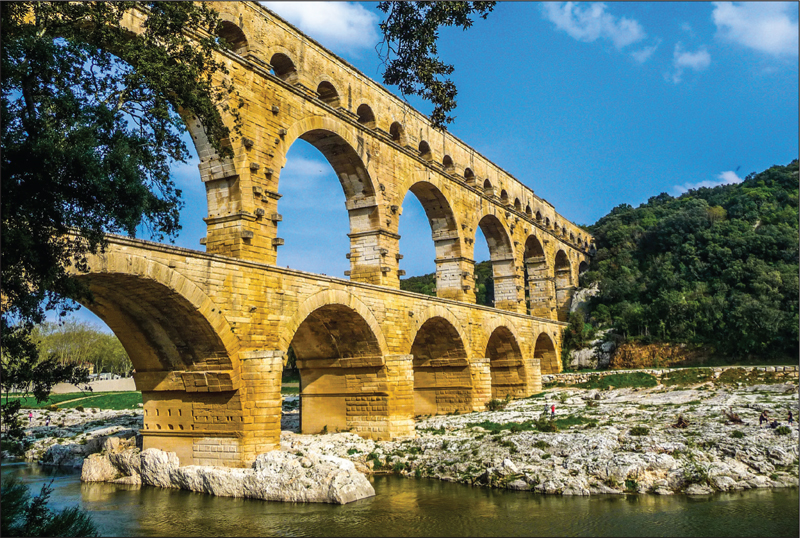Carmella Van Vleet - Ancient Civilizations: Romans!: With 25 Social Studies Projects for Kids
Here you can read online Carmella Van Vleet - Ancient Civilizations: Romans!: With 25 Social Studies Projects for Kids full text of the book (entire story) in english for free. Download pdf and epub, get meaning, cover and reviews about this ebook. year: 2019, publisher: Nomad Press, genre: Children. Description of the work, (preface) as well as reviews are available. Best literature library LitArk.com created for fans of good reading and offers a wide selection of genres:
Romance novel
Science fiction
Adventure
Detective
Science
History
Home and family
Prose
Art
Politics
Computer
Non-fiction
Religion
Business
Children
Humor
Choose a favorite category and find really read worthwhile books. Enjoy immersion in the world of imagination, feel the emotions of the characters or learn something new for yourself, make an fascinating discovery.
- Book:Ancient Civilizations: Romans!: With 25 Social Studies Projects for Kids
- Author:
- Publisher:Nomad Press
- Genre:
- Year:2019
- Rating:5 / 5
- Favourites:Add to favourites
- Your mark:
Ancient Civilizations: Romans!: With 25 Social Studies Projects for Kids: summary, description and annotation
We offer to read an annotation, description, summary or preface (depends on what the author of the book "Ancient Civilizations: Romans!: With 25 Social Studies Projects for Kids" wrote himself). If you haven't found the necessary information about the book — write in the comments, we will try to find it.
A full-color book for ages 7 to 10 that explores the world of ancient Rome through hands-on STEAM activities, fascinating facts about everyone from gods to ordinary people, and essential questions that get kids recognizing the source of the knowledge we enjoy today!
What was it like to live in ancient Rome? Are ancient Roman roads still used today? What did ancient Romans wear and eat and do for fun? Ancient Civilizations: Romans! With 25 Social Studies Projects for Kids investigates the fascinating civilization of ancient Rome through 25 hands-on projects, games, essential questions, links to online resources, and more! Kids ages 7 to 10 learn about ancient Roman homes, food, playtime, clothing, conquests, gods, and entertainment. By promoting critical and creative thinking, Romans encourages kids to develop an understanding of how this ancient civilization laid the foundation of our modern world.
- Explores the sites of ancient architectural wonders such as the Colosseum and the Cloaca Maxima.
- Introduces key people associated with ancient Rome, including Spartacus, Hadrian, Trajan, and Julius Caesar.
About the Explore Ancient Civilizations set and Nomad PressAncient Civilizations: Romans! is part of a set of four Explore Ancient Civilization books that bring to life the vibrant cultures of the distant past. The other titles in this series are Ancient Civilizations: Aztecs, Maya, Incas!; Ancient Civilizations: Egyptians!, Ancient Civilizations: Greeks!
Nomad Press books in the Explore Your World series integrate content with participation, encouraging readers to engage in student-directed learning. Combining content with inquiry-based projects stimulates learning and makes it active and alive. Nomads unique approach simultaneously grounds kids in factual knowledge while allowing them the space to be curious, creative, and critical thinkers.
All books are leveled for Guided Reading level and Lexile and align with Common Core State Standards and National Curriculum Standards for Social Studies. All titles are available in paperback, hardcover, and ebook formats.
Carmella Van Vleet: author's other books
Who wrote Ancient Civilizations: Romans!: With 25 Social Studies Projects for Kids? Find out the surname, the name of the author of the book and a list of all author's works by series.

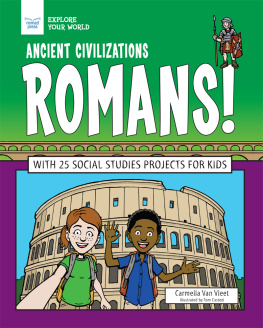
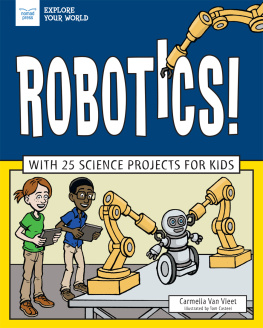
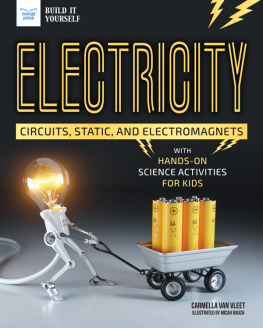
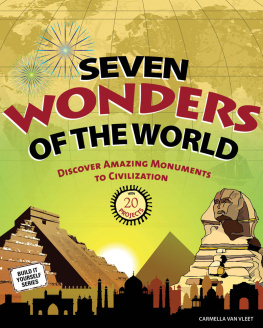
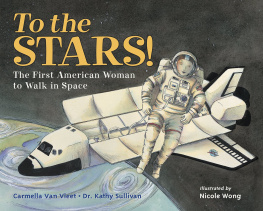
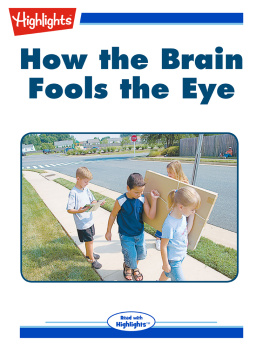

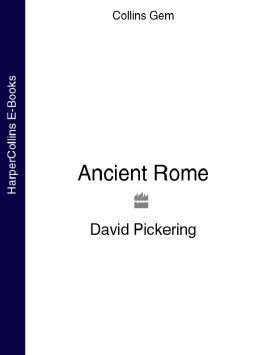


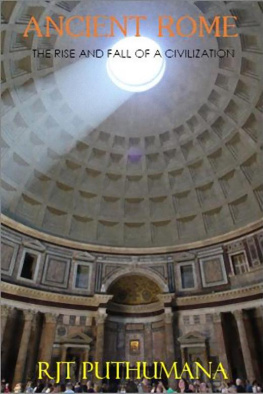

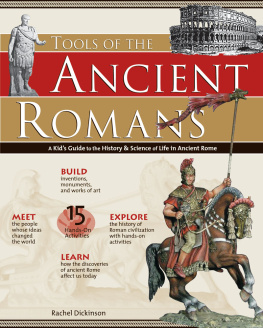
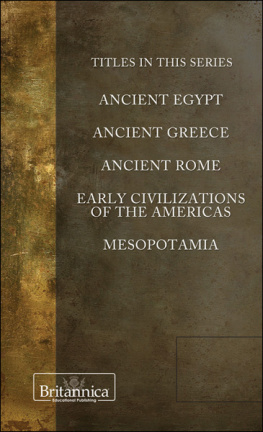
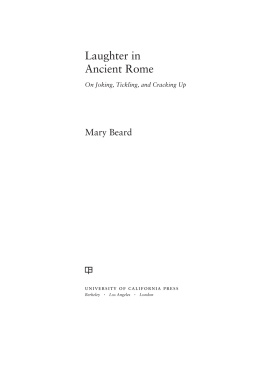
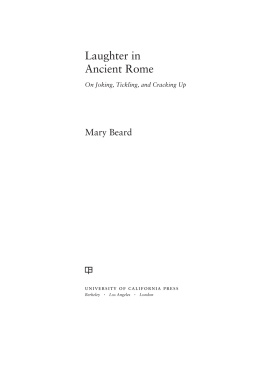
 Titles in the Explore Ancient Civilizations Set
Titles in the Explore Ancient Civilizations Set  Check out more titles at www.nomadpress.net Nomad Press A division of Nomad Communications 10 9 8 7 6 5 4 3 2 1 Copyright 2019 by Nomad Press. All rights reserved. No part of this book may be reproduced in any form without permission in writing from the publisher, except by a reviewer who may quote brief passages in a review or for limited educational use . The trademark Nomad Press and the Nomad Press logo are trademarks of Nomad Communications, Inc. Questions regarding the ordering of this book should be addressed to
Check out more titles at www.nomadpress.net Nomad Press A division of Nomad Communications 10 9 8 7 6 5 4 3 2 1 Copyright 2019 by Nomad Press. All rights reserved. No part of this book may be reproduced in any form without permission in writing from the publisher, except by a reviewer who may quote brief passages in a review or for limited educational use . The trademark Nomad Press and the Nomad Press logo are trademarks of Nomad Communications, Inc. Questions regarding the ordering of this book should be addressed to Many of the words and names in this book are hard to say, but you can hear them spoken online.
Many of the words and names in this book are hard to say, but you can hear them spoken online.  symbol next to your word to hear it spoken.
symbol next to your word to hear it spoken. 
 MERRIAM-WEBSTER
MERRIAM-WEBSTER 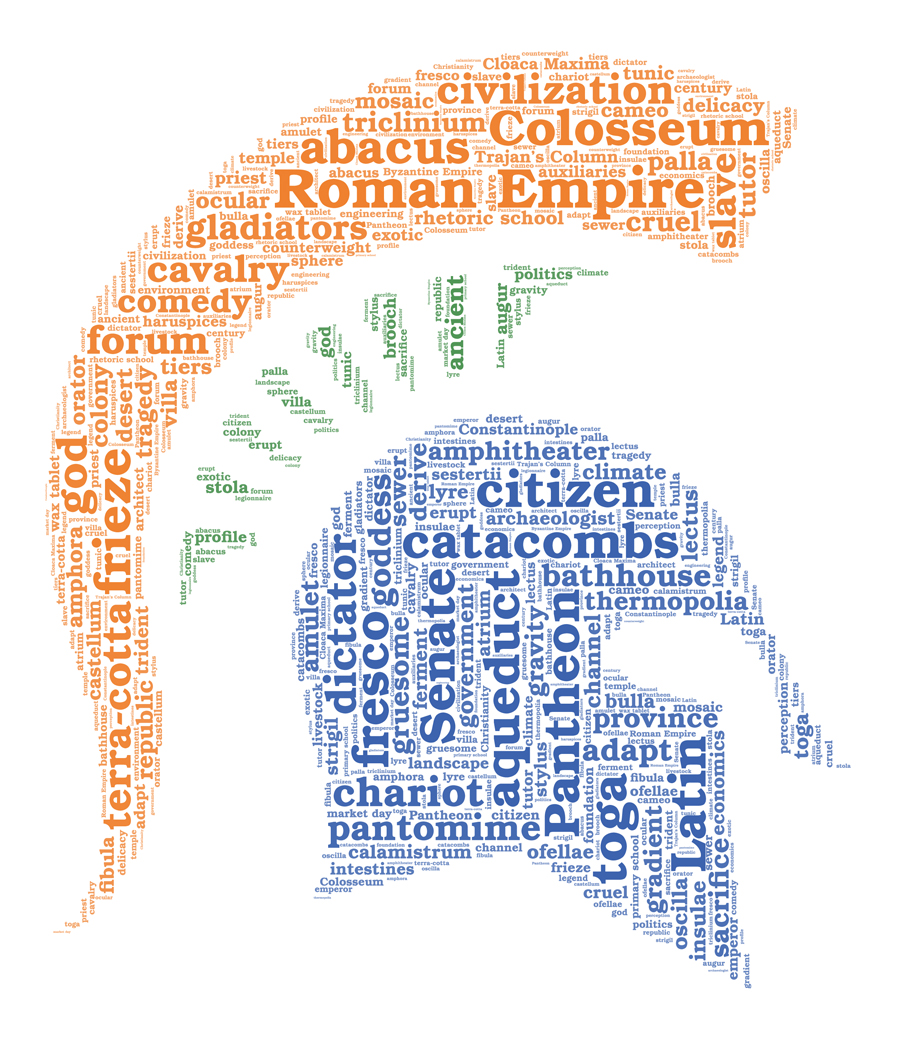
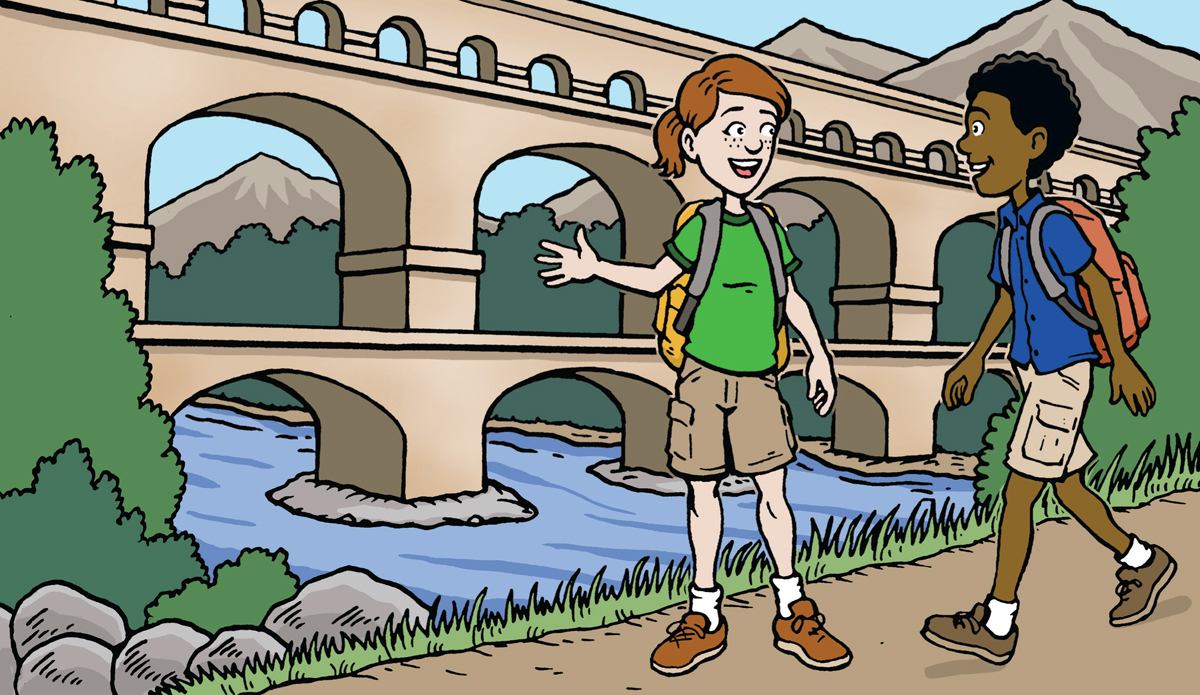 Ancient Rome was the center of an amazing civilization that existed long ago. You might wonder why we should care about people and a civilization that existed 2,000 years ago. But guess what? There are plenty of reasons to learn about ancient history! First, learning about ancient civilizations helps us learn how were all connected as humans. By studying communities that came before us, we can learn about how important things such as politics and religion and economics got started. We can also learn from the mistakes of the past.
Ancient Rome was the center of an amazing civilization that existed long ago. You might wonder why we should care about people and a civilization that existed 2,000 years ago. But guess what? There are plenty of reasons to learn about ancient history! First, learning about ancient civilizations helps us learn how were all connected as humans. By studying communities that came before us, we can learn about how important things such as politics and religion and economics got started. We can also learn from the mistakes of the past. DID YOU KNOW? Have you ever heard the expression, Those who dont learn from history are doomed to repeat it? This is a way of saying that people can learn from events and avoid making some of the same mistakes of the past. Learning about ancient civilizations is fun! Calendars, paved roads, shopping malls, running waterwe can thank ancient Romans for all these things. But what else can we thank the ancient Roman Empire for? Where was ancient Rome? And what was it like to live there? WHERE IN THE WORLD? Ancient Rome was a city in Italy.
DID YOU KNOW? Have you ever heard the expression, Those who dont learn from history are doomed to repeat it? This is a way of saying that people can learn from events and avoid making some of the same mistakes of the past. Learning about ancient civilizations is fun! Calendars, paved roads, shopping malls, running waterwe can thank ancient Romans for all these things. But what else can we thank the ancient Roman Empire for? Where was ancient Rome? And what was it like to live there? WHERE IN THE WORLD? Ancient Rome was a city in Italy.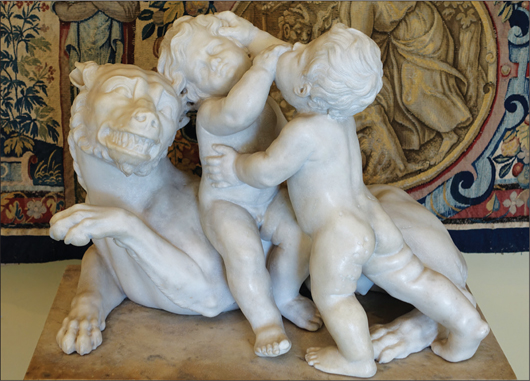 A STATUE OF ROMULUS AND REMUS AND THE WOLF WORDS TO KNOW landscape: a large area of land and its features, such as mountains and rivers. desert: a landscape that gets very little rain. Legend tells that when the boys were older, they decided to build a city near the place the wolf found them.
A STATUE OF ROMULUS AND REMUS AND THE WOLF WORDS TO KNOW landscape: a large area of land and its features, such as mountains and rivers. desert: a landscape that gets very little rain. Legend tells that when the boys were older, they decided to build a city near the place the wolf found them.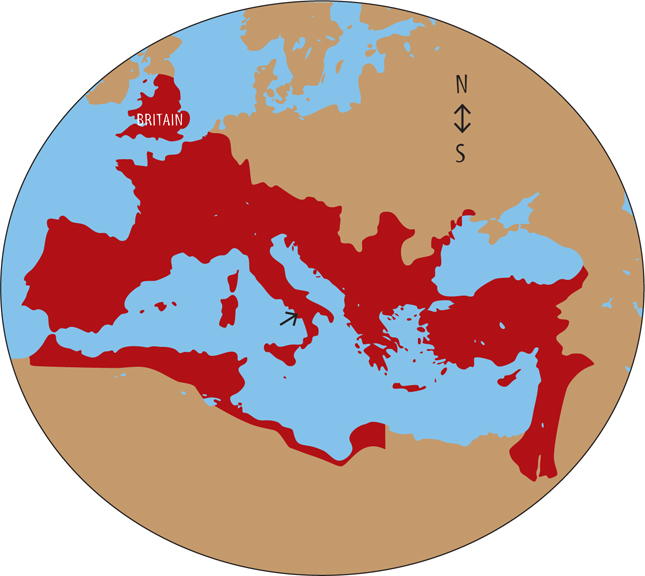 THE RED COLOR SHOWS THE ANCIENT ROMAN EMPIRE WORDS TO KNOW adapt: to change ones behavior to fit into a new environment. environment: everything in nature, living and nonliving, including plants, animals, soil, rocks, and water. aqueduct: a channel that transports water from its source across a great distance. channel: a canal through which a stream of water moves. Romans became good at adapting to different kinds of environments .
THE RED COLOR SHOWS THE ANCIENT ROMAN EMPIRE WORDS TO KNOW adapt: to change ones behavior to fit into a new environment. environment: everything in nature, living and nonliving, including plants, animals, soil, rocks, and water. aqueduct: a channel that transports water from its source across a great distance. channel: a canal through which a stream of water moves. Romans became good at adapting to different kinds of environments .